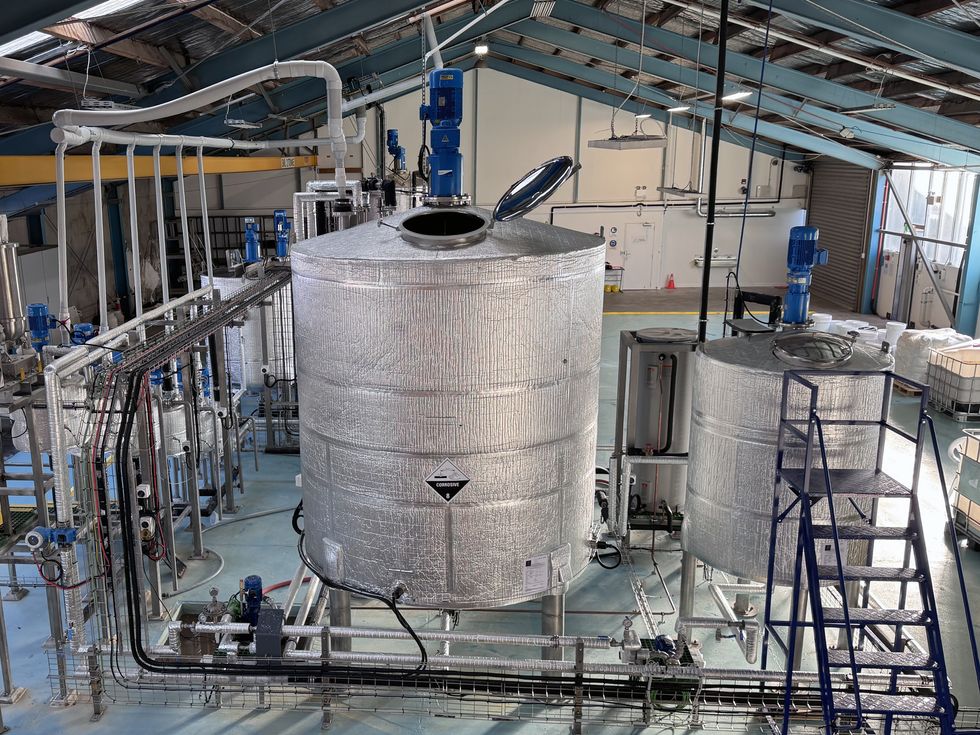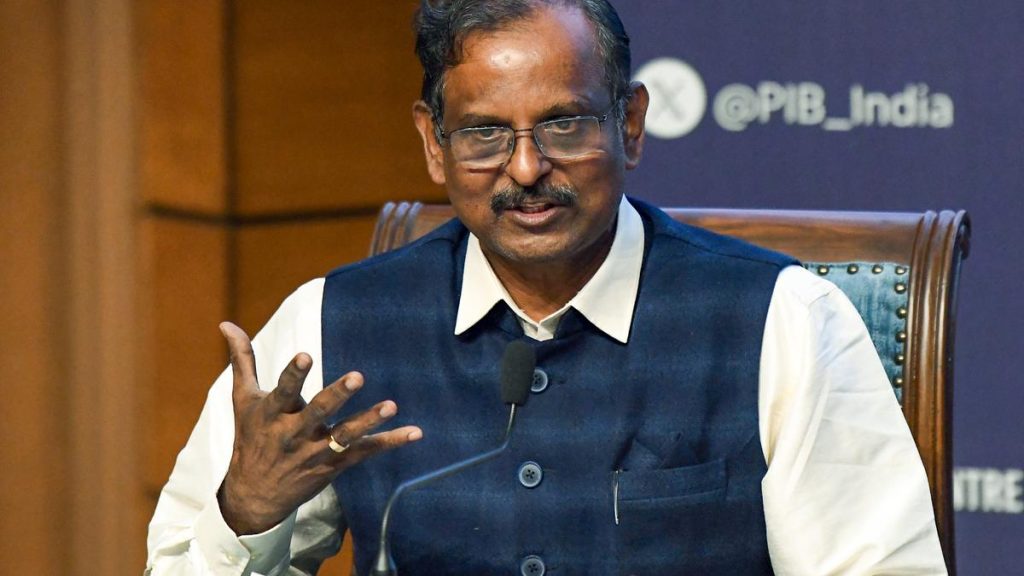Now Reading: Revolutionary Chemical Process Yields Zero-Waste Battery Metals
-
01
Revolutionary Chemical Process Yields Zero-Waste Battery Metals
Revolutionary Chemical Process Yields Zero-Waste Battery Metals

Rapid Summary
- Company & Process: Aspiring Materials, a New Zealand-based engineering firm, has developed a chemical process to extract valuable minerals from olivine rock without creating waste.
- outputs: The process yields three key products:
– Silica (50%) as a partial replacement for Portland cement.- Magnesium hydroxide (40%) with applications in carbon sequestration, wastewater treatment, and alloy manufacturing.
– Nickel-Manganese-Cobalt (NMC) hydroxide (~10%), critical for lithium-ion battery cathodes used in electric vehicles and energy storage systems.
- Sustainability: The operation uses rock by-products as input along with water and renewable energy; no CO₂ emissions or harmful waste are produced. A closed-loop system recycles chemicals used throughout the process.
- Unique Benefits: NMC hydroxide materials meet industry specifications but avoid geopolitical and environmental risks tied to global mineral supply chains dominated by China and other regions.
- Economic Discussion: Experts highlight potential sustainability advantages of such processes but question economic feasibility due to higher energy and acid inputs needed for leaching olivine compared to other minerals like serpentine.

Image: Megan Danczyk, aspiring Materials’ lead chemical engineer, holding magnesium hydroxide produced by their extraction technique.
Indian Opinion Analysis
India’s growing appetite for high-energy-density lithium-ion batteries-driven by its commitment toward green mobility ambitions like electric vehicles-makes innovations like this notably relevant. Currently dependent on imports for critical minerals such as nickel-manganese-cobalt (NMC), India faces similar challenges of supply chain monopolization observed globally.Lasting extraction methods that minimize CO₂ emissions could align well with India’s climate goals.
Additionally, introducing more stable sources or diversifying suppliers may reduce reliance on regions prone to geopolitical instability or human rights concerns associated with mining critical metals. For india’s cement industry-a critically important contributor to pollution-the silica output offers scope for partial replacements aligned with sustainable construction initiatives.
While experts may critique the cost economics of olivine-based mineral processing over alternatives like serpentine, technologies rooted in principles of circular economy could still provide long-term benefits through cleaner production practices attractively positioned vis-à-vis stricter international environmental standards influencing trade decisions globally.
India could explore partnerships or adapt similar technologies domestically given its vast geological resources while leveraging government policies incentivizing niche cleantech solutions within industries essential for energy transition goals.



























